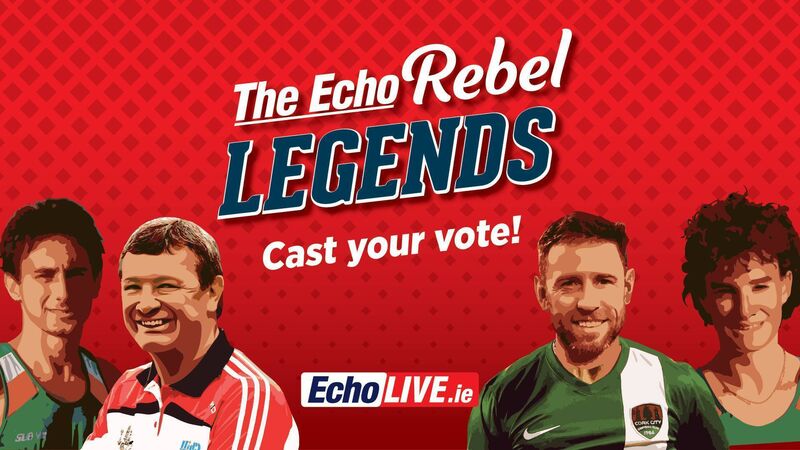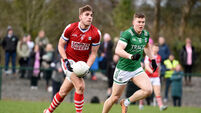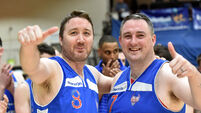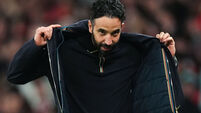Orla Barry or Sonia O'Sullivan: Vote for your favourite Rebel Legend

Have your say in our Echo Rebel Legends sporting showdown...
Orla Barry or Sonia O'Sullivan?
is running a fun contest from here until March 11 where you can vote for your favourite Cork stars since 1970 and pick the winners in each round until we're left with an overall Rebel Legend winner.
There are 32 contenders, and today's duo are East Cork athletes who achieved on the world stage.
The poll will be open until 8am on Wednesday morning.
Here's the case for each of the Leeside stars.
From her first competition at the age of nine, through to her first major championship at 14 (Paralympian European Championship), to her first Paralympics in Beijing at the age of 18, to her first major medal in 2012 at the IPC European Championships in the Netherlands, her star was continually in the ascent. It didn’t happen without a lot of hard work, dedication and endless hours spent training.

IT’S not an exact science, but a handy rule of thumb is that the greats are known by just one name.
If it happens to be that that’s the case among your own, but not across a wider area, there’s no shame in that, but if a single moniker is a national identifier, then you are certainly in the stratosphere.
So it is with Sonia, and don’t even pretend that you need to be told a surname.

She was only 21 when she knocked five seconds off the world 5,000m indoor record in 1991 and such was her versatility that in that same year she won gold in the 1,500m at the World Student Games in Sheffield and picked up silver in the 3,000m.
In 1992, she set six national records between the 800m and 5,000m, including five in the space of 11 days in August of that year.
Part of such a burst was probably fuelled by disappointment at a fourth-placed finish in the 3,000m at the Olympics, but time was on her side.
There was a real sense that she was building towards the Atlanta Games with silver in the 1,500m at the 1993 World Championships, gold in the 3,000m at the 1994 European Championships and then gold in the 5,000m at the worlds in 1995.
While the 3,000m had been taken off the Olympic roster, she was in good form in both the 1,500m and 5,000m in 1996 and the scheduling looked kind to allow a real tilt at both.
The heats went to plan in the 5,000m, but a stomach upset led to her failing to finish and she was still below her best as she didn’t make the 1,500m final.
Such a blow could have been fatal, but it only improved her resolve. In 1998, she entered the short- and long-course events at the World Cross-Country Championships in Marrakesh and won both.
When the 1,500m and 5,000m were scheduled for the same day in that year’s European Championships, she traded up to the 10,000m and won that along with the 5,000m.
The birth of her daughter Ciara kept her sidelined for much of 1999, but she was back training within a fortnight, ready to target the 2000 Olympics in Sydney.
There, she would finally win the medal she so richly deserved, Ireland’s first in track and field since John Treacy in 1984.
In September of that year, she was narrowly pipped by Romania’s Gabriela Szabo as she took silver, setting a new national record in the 5,000m at the age of 30, one which still stands.
A month later, she made her marathon debut, winning in Dublin.
While she finished last in the 5,000m as she suffered from illness, the ovation from the crowd summed up the regard in which she was held, both at home and abroad.
While it is more than a decade since she has seriously competed, she still holds seven Irish records. They may be beaten in time, but the bronze statue of her erected in her native Cobh in 2015 ensures that she and her achievements will never be forgotten.







 App?
App?







